Tarot is one of the familiar and popular yam species in Vietnam. Taro is nutritious and good for health. However, does eating tarot make you fat? How many calories are in taro? The following article will answer that question for you.
1 How many calories are in 100g of taro?
According to experts, there are about 115 kcal in 100g of taro and no fat. Each adult needs to consume between 2400-2600 kcal (for women) and 2600-2800 kcal (for men) per day. Therefore, the caloric content of taro is relatively low.
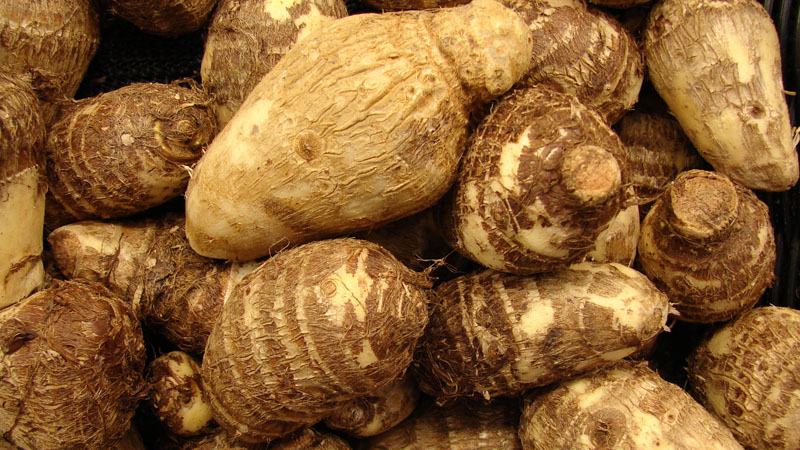 100g of taro contains 115kcal
100g of taro contains 115kcal
2 Nutritional content of taro
Taro mainly contains starch, as well as essential vitamins and minerals. Taro tubers are smaller than sweet potatoes and potatoes, but they contain more starch.
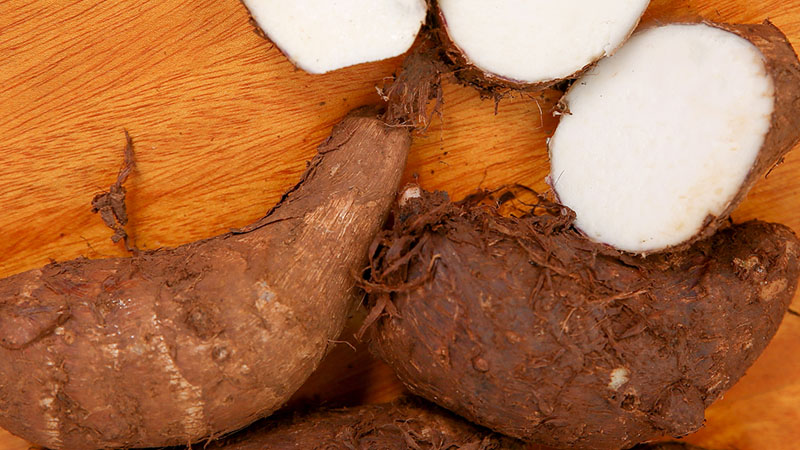 Taro is nutrient-rich
Taro is nutrient-rich
In 100g of taro contains:
-
1.1g of protein
-
0.2g of fat
-
3.6g of fiber
-
19.2g of starch
-
15mg of calcium
-
38mg of phosphorus
-
87mg of magnesium
-
41mg of iron
-
11mg of sodium
-
354mg of potassium
-
1.71mg of zinc
In addition, taro also contains small amounts of beneficial minerals such as:
-
0.1g of niacin
-
0.1g of thiamine
-
0.05g of pyridoxine
-
0.06g of riboflavin
3 What are the benefits of eating taro?
Energy source for the body

Taro is a familiar food that contains a significant amount of calories to provide energy for the human body. Approximately 100 grams of taro can provide the body with 112 calories.
Although taro is rich in calories, it contains little fat and has beneficial proteins for health. Eating taro is a way to energize your body for various activities.
Beneficial for digestion and cardiovascular health
The content of fiber, vitamins, protein, and minerals in taro promotes a more active digestive system. Therefore, you should include this food in your daily diet.
Additionally, these beneficial nutrients in taro help regulate a stable heart rate, contributing to a healthy heart.
Boosts the body’s immune system
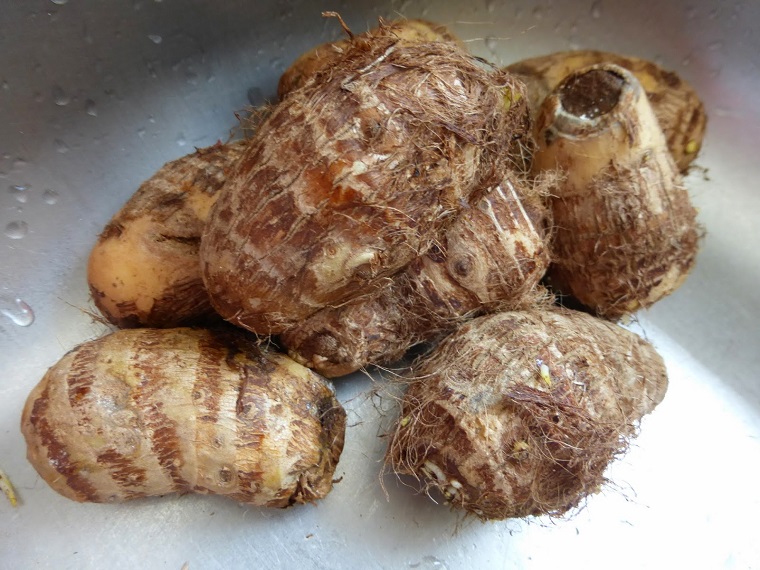
Regular consumption of taro can also strengthen your body’s immune system. The abundance of vitamins and antioxidants in taro is highly beneficial for the immune system. As a result, your body will remain alert and focused in your work and life, and you can also prevent various diseases.
Anti-aging and reduces fatigue

Another excellent benefit of taro is its ability to effectively combat aging and reduce fatigue. The small amount of sugar in taro is suitable for energy supply without increasing blood glucose, helping to relieve stress and reduce fatigue.
The antioxidants and the ability of taro to scavenge free radicals and regenerate cells help maintain skin cells’ elasticity. This prevents premature aging.
4 Does eating taro make you fat?
As mentioned earlier, every 100g of taro only provides about 115 kcal, which is much lower than the energy requirement of an adult in a day. Therefore, you can feel more comfortable eating taro without worrying about gaining weight.
 Eating taro in moderation won’t make you fat
Eating taro in moderation won’t make you fat
Taro tubers are rich in fiber and various nutrients, especially starch, giving you a feeling of fullness and satiety for a longer time. Consequently, you will reduce your cravings for snacks and other foods, leading to better weight loss results.
The fiber in taro also stimulates metabolism and helps the body eliminate excess fat, especially in the abdomen, hips, and thighs. So, eating taro won’t make you fat; instead, it aids in weight loss.
5 Is it good to eat a lot of taro?
Long-term studies have shown that taro is a nutritious food beneficial to human health. Numerous health benefits of taro have been discovered.
However, due to its high carbohydrate and starch content, excessive consumption of taro can lead to fat accumulation and weight gain. Consuming too many carbohydrates in a day beyond what your body needs can increase blood sugar levels, leading to a high risk of diabetes.
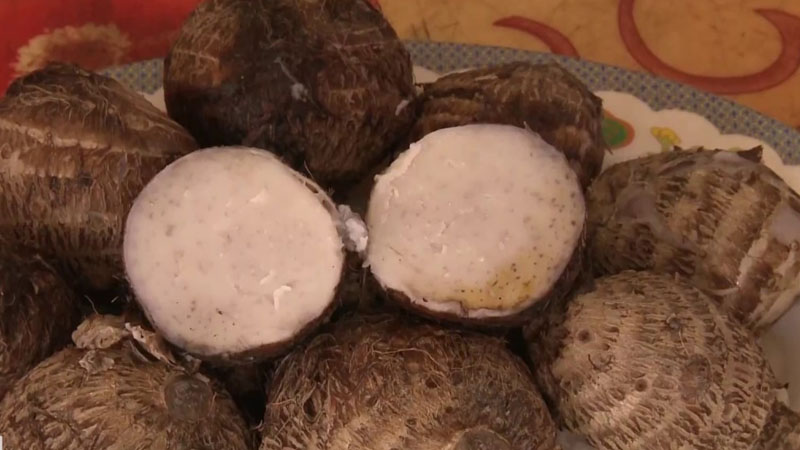 Excessive carbohydrate intake from taro can lead to weight gain
Excessive carbohydrate intake from taro can lead to weight gain
This food has a glycemic index of up to 58, so it is not suitable for people with diabetes. Additionally, raw or undercooked taro contains calcium oxalate, a natural pesticide. Eating raw or undercooked taro can cause a tingling sensation in the throat and mouth, which may spread throughout the body due to the breakdown of this substance.
You should only eat 1-2 tubers per day and not continuously for many days in a week. Consuming more than 1.5kg of taro in a day can easily lead to weight gain.
6 How to eat taro for effective weight loss
You need to be persistent in eating taro because this food has very few calories, and the weight loss process also takes time.
-
Eat 1-2 tubers per day, and don’t eat it for too many days in a week
-
Combine with a 30-45 minute exercise routine after each meal to help the body burn energy.
-
For people with diabetes who want to lose weight with taro, a scientific low-fat diet is necessary.
 How to eat taro for weight loss
How to eat taro for weight loss
7 Delicious dishes made with taro
Duck stew with taro
A bowl of hot and fragrant duck stew with taro is a delightful treat. The duck meat is tender and juicy, the taro is perfectly cooked, and the broth is creamy and delicious when served with hot rice, especially on cold days.
For more information:
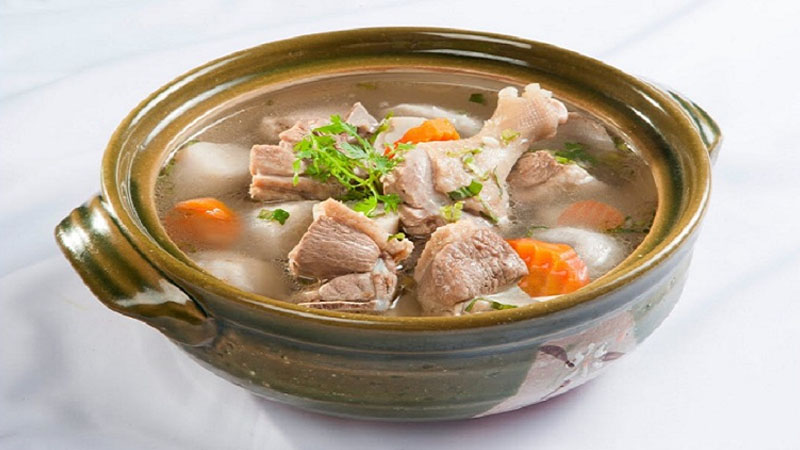 Duck stew with taro
Duck stew with taro
Taro pudding
Taro pudding is an unusual but delicious dessert for anyone with a sweet tooth. Taro pudding is creamy, fragrant, and sweet without being overly cloying. The sago pearls are cooked to a chewy and soft texture, making it a fun and unique treat. Try taro pudding to cool off during the summer, and you can replace the sago with tapioca for a healthier option.
For more information:
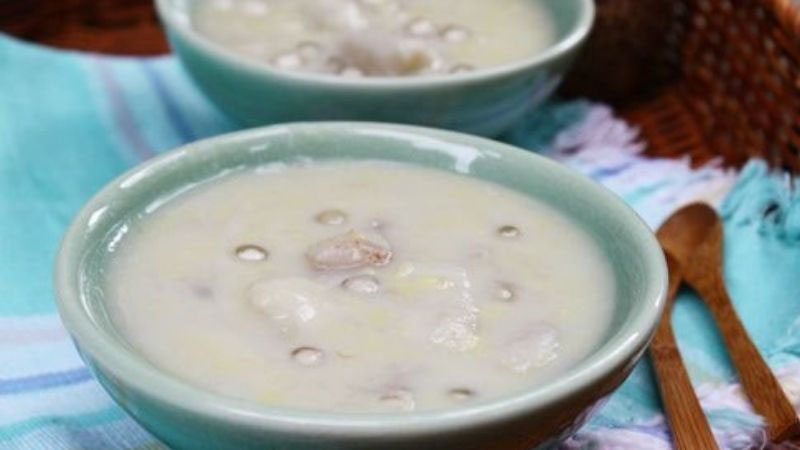 Taro pudding
Taro pudding
Taro and shrimp soup
Taro and shrimp soup is a beloved dish for its delicious taste and nutritional value. The soup is refreshing, with chewy taro, sweet and savory shrimp, and a flavorful broth that stimulates the appetite. Why not give it a try and treat your family to this delicious and nutritious dish?
For more information:
 Taro and shrimp soup
Taro and shrimp soup
8 Precautions when eating taro
You should cook taro before consuming it as raw taro can affect the intestines and digestion.
When preparing taro, wear gloves to avoid direct contact with the outer coating, which can cause skin irritation.
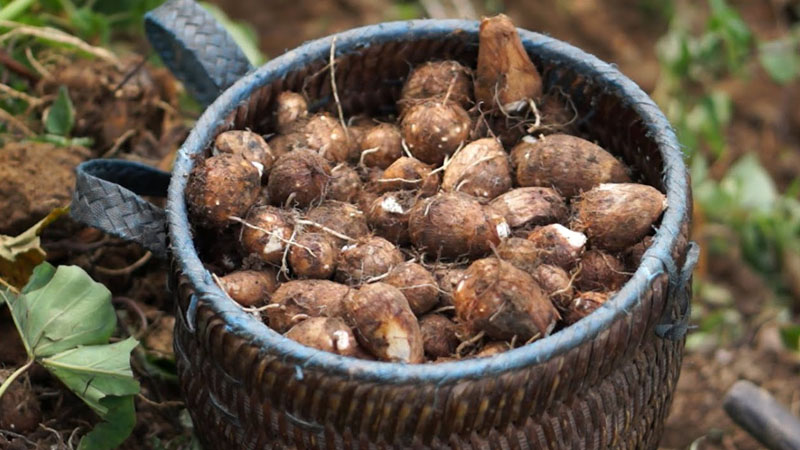 Precautions when eating taro
Precautions when eating taro
Consume in moderation and avoid overeating.
After eating, engage in light exercises such as walking or yoga to burn off excess energy.
Taro is beneficial for pregnant women, but pregnant women should consume it in moderation and follow their doctor’s advice.
Source: Vinmec
Given the numerous health benefits of taro, it is reasonable and essential to include it in our daily diet. Hopefully, the suggested taro recipes will bring your family delightful moments together.

































